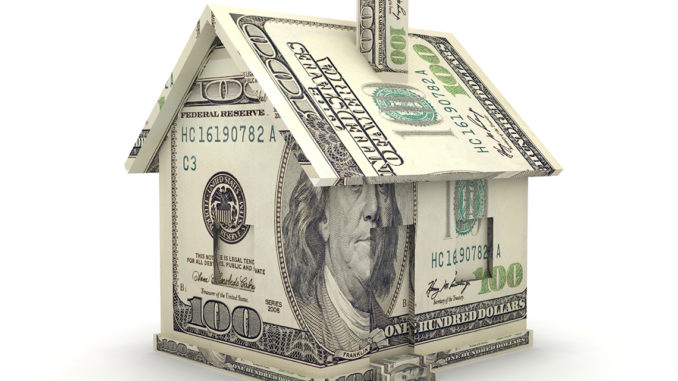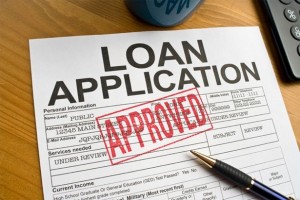
 Your home might well be a piggy bank of cash just waiting for you to tap into it. If the value of your property is higher than the balance of the mortgage you have against it, you have equity. This is the return on the investment you made when you purchased your home. However, to get that money, you’ll either have to sell the property outright or take an equity loan from a bank.
Your home might well be a piggy bank of cash just waiting for you to tap into it. If the value of your property is higher than the balance of the mortgage you have against it, you have equity. This is the return on the investment you made when you purchased your home. However, to get that money, you’ll either have to sell the property outright or take an equity loan from a bank.
Before deciding which is best, let’s consider the pros and cons of equity loans.
How Equity Loans Work
There are three main types of loans to ponder in this regard. The most common is the traditional home equity loan, another is a straight cash-out refinance and the third is a home equity line of credit (HELOC). While all three are based upon the equity you have in the property, each one works differently.
Straight Home Equity Loan: This is usually granted in a lump sum and taken as a second mortgage against your property. In other words, you’ll have two mortgage payments to make each month. The interest rate is set at the time of borrowing and typically remains fixed for the duration of the loan. A portion of each payment covers interest, while the rest goes to reduce the principal loan amount.
 HELOC : Perhaps best thought of as a cross between a home equity loan and a credit card, this too, is considered a second mortgage against the property. While your borrowing limit is based upon the amount of equity you have in the home, you aren’t required to take it all at once. You can access as much or as little as you need and “return to the well” repeatedly—as long as you don’t go over your limit. Interest is charged only on the amount of money you take. Most HELOCs have variable interest rates and you’ll typically have a 10-year window within which to get the money.
HELOC : Perhaps best thought of as a cross between a home equity loan and a credit card, this too, is considered a second mortgage against the property. While your borrowing limit is based upon the amount of equity you have in the home, you aren’t required to take it all at once. You can access as much or as little as you need and “return to the well” repeatedly—as long as you don’t go over your limit. Interest is charged only on the amount of money you take. Most HELOCs have variable interest rates and you’ll typically have a 10-year window within which to get the money.
Cash-Out Refinance: As the name implies, this entails a completely new mortgage, based upon the property’s current market value. The difference between what you owe and the appraised value of the home is used to pay off the original mortgage. The key advantage here is you’ll only have one monthly payment to make. If you can get a significantly lower interest rate, you might even come out of it with cash in hand and a lower monthly payment.
 Pros of Home Equity Loans
Pros of Home Equity Loans
Interest rates tend to be less than those for consumer credit. Backed as they are by your home, lenders consider them a minimal risk. You’re free to use the money however you wish, whether it’s to make repairs to your home, buy a rental property, or pay off credit card debt.
With that said, before you consider pledging your home to pay off credit card debt, talk to someone at a Freedom Debt Relief or a similar company to explore all the ways you can get credit card debt under control.
Other positives include longer repayment terms than consumer loans, easier qualification, and the interest on home equity loans (as of this writing) is tax deductible.
Cons of Home Equity Loans
The most significant one is you’re putting your home at risk. If you get into a situation in which you can’t afford the payment, you could lose your residence to foreclosure. Further, HELOC rates are adjustable, so they could go up on you unexpectedly, creating a financial burden.
A cash-out refinance resets the clock on your mortgage. Since mortgage interest payments are frontloaded, you’ll start over paying down the interest on your loan. This isn’t necessarily a bad thing if the mortgage is relatively young. But if you’re 15 or 20 years in, yeah, it’s probably a bad idea.
One more thing, the equity you build in your home is your money. However, the only way you can access it is to borrow it from a bank—unless you sell the home outright.
And that’s the dirty little secret of equity loans.
You borrow your own money—and pay a bank to lend it to you.

Be the first to comment